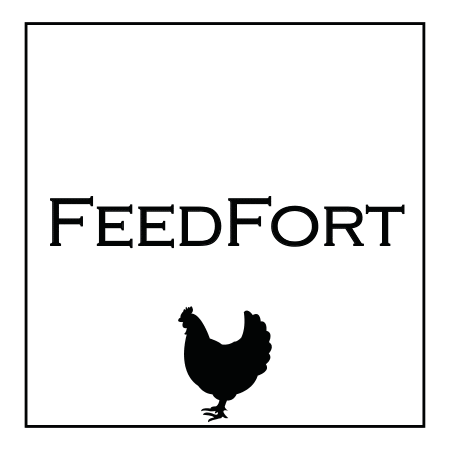chicken coop feeder – Resources
Chicken Coop Feeder
Types of Chicken Coop Feeders
As a steadfast advocate for the well-being of your flock at FeedFort, I am well-versed in the myriad of chicken coop feeder options available. Each feeder type boasts its unique benefits, catering to diverse flock sizes, coop designs, and owner preferences. The traditional gravity-fed feeders, for instance, are straightforward and cost-effective, suitable for beginners. On the more innovative side, automatic feeders, akin to our proprietary model, offer unparalleled convenience and security, eliminating the hassle of daily manual feeding and deterring pests with its photocell technology-driven operation.
Benefits of Using a Chicken Coop Feeder
Integrating a chicken coop feeder into your poultry care routine introduces a multitude of benefits. Primarily, it ensures a consistent and controlled feed supply, crucial for the health and growth of your chickens. Moreover, by minimizing feed spillage, it substantially reduces waste and saves on feeding costs in the long run. Most importantly, feeders like ours at FeedFort that are designed to keep out rodents and other pests help in preventing disease transmission and feed contamination, safeguarding the flock’s health and productivity.
How to Choose the Right Chicken Coop Feeder
Selecting the ideal feeder for your coop demands a thoughtful consideration of several key factors. The size and number of your chickens should guide your decision, ensuring the feeder accommodates the entire flock without causing overcrowding or competition. Material durability is another critical aspect, with our 5052 Aluminum construction setting the benchmark for longevity and pest resistance. Additionally, ease of maintenance and operational efficiency should influence your choice, highlighting the appeal of automatic options like the FeedFort for their hands-off approach to feed management.
Setting Up a Chicken Coop Feeder
Installation of a chicken coop feeder, particularly an automatic model like the FeedFort, is a straightforward process designed for user convenience. Start by choosing a location within the coop that is easily accessible to all chickens while avoiding damp areas to prevent feed spoilage. Ensure the feeder is mounted or positioned securely to withstand the flock’s activity and curious pecking. Finally, adjust the settings according to your specific needs, such as opening times for our photocell technology-equipped feeders, to synchronize feed availability with daylight hours.
Maintenance Tips for Chicken Coop Feeders
- Regular Cleaning: To maintain hygiene and feed quality, clean the feeder thoroughly on a routine basis, removing any leftover feed, dust, or debris.
- Inspection for Damage: Periodically inspect the feeder for any signs of wear or damage, especially critical for automatic feeders where operational integrity is vital.
- Operational Check-up: For feeders like the FeedFort with mechanical components, regularly test the opening and closing mechanism to ensure seamless functionality.
- Feed Rotation: Practice rotating the feed to keep it fresh, particularly important in automatic feeders where feed is stored for extended periods.
At FeedFort, we take pride in revolutionizing how chicken owners feed their flocks. Our automatic feeder not only exemplifies our commitment to innovation and quality but also addresses the real-world challenges of keeping feed secure and minimizing waste. Embracing a solution like FeedFort not only simplifies your poultry care routine but also enhances the overall well-being and productivity of your chickens. As you embark on selecting the right chicken coop feeder, consider the long-term benefits of investing in a solution that offers peace of mind through superior design and functionality.

